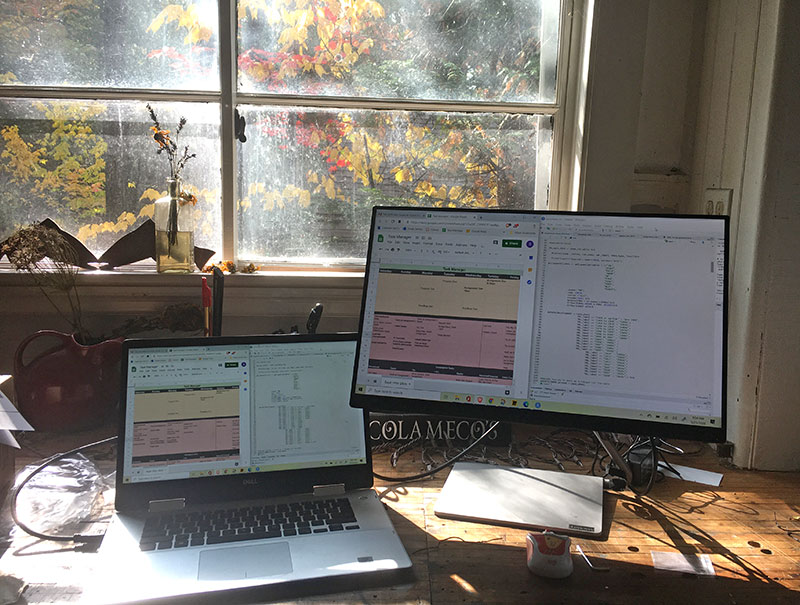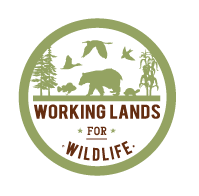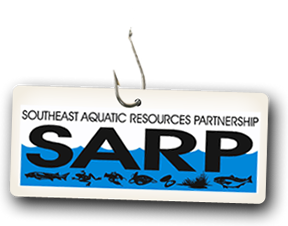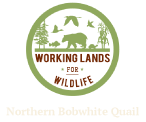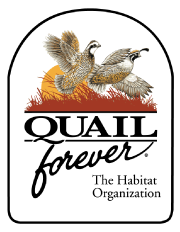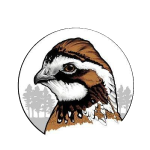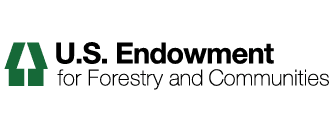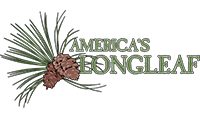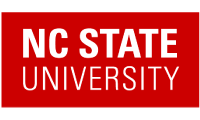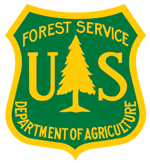Landscape Partnership Members
The Landscape Partnership members are agencies, organizations and partnerships whose web presence is primarily within the Landscape Partnership (LP) portal. The LP portal is a networking and information service provided to members, partners and individuals interested in the nexus of natural and cultural resources conservation with economic sustainability on both private and public lands. We are actively working to expand inclusion, participation and the relevancy of the LP portal for smaller ag producer groups and individual farmers, ranchers and forest landowners as well as Tribes and other under-represented racial and cultural groups. Scientists and other experts from federal and state agencies, nonprofit organizations, sovereign tribal governments, and conservation coalitions provide technical content and applied science to other participants through this portal. Members receive special support from the site administrator in their own private workspaces. Any organization or agency interested in becoming a member of the Landscape Partnership portal should contact Rose Hessmiller, Admin. Under the adjacent Community tab you can use the Expertise Search to locate an expert in your area or browse the Organization Search to see our partners.
Visit our Landscape Partnership Organization Search
View the organizations that make up the Landscape Partnership. They work to protect critical land and water landscapes across the nation.
Learn about our Landscape Partnership Members
The Landscape Partnership members are agencies, organizations and partnerships who's web presence is primarily within the Landscape Partnership (LP) portal.


